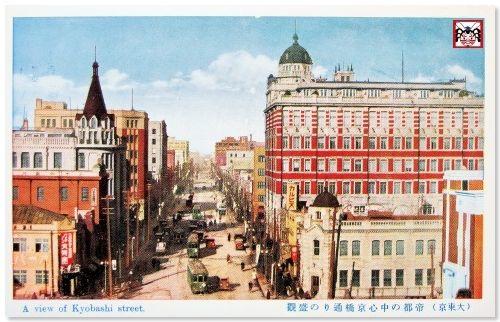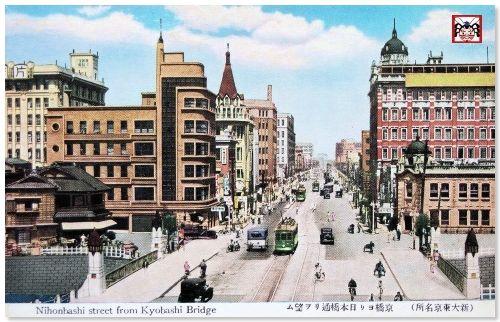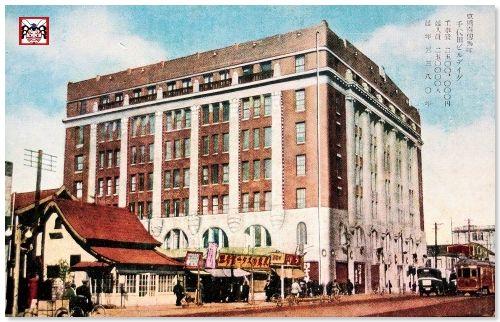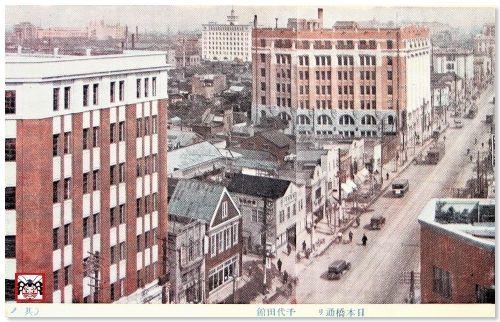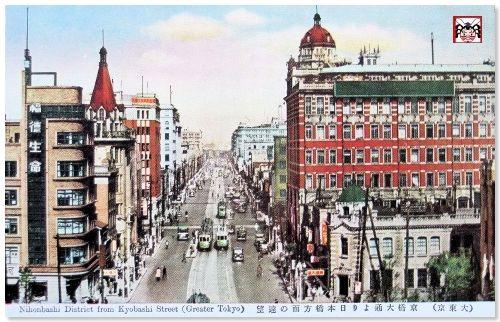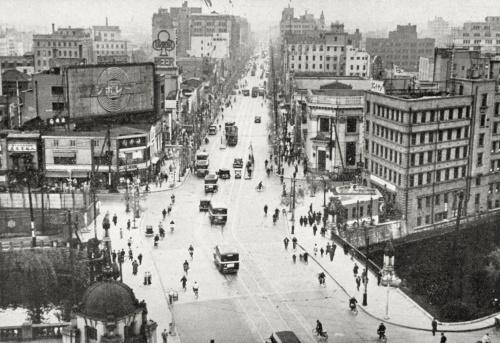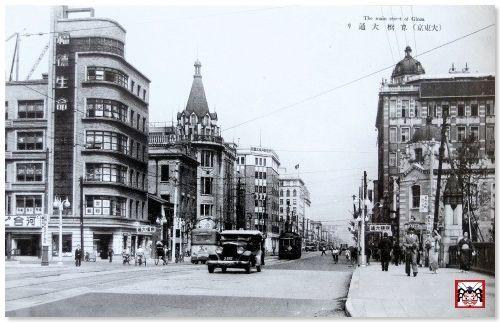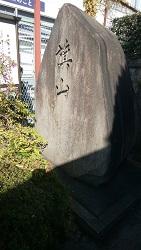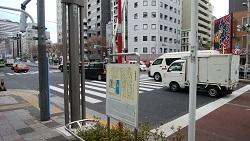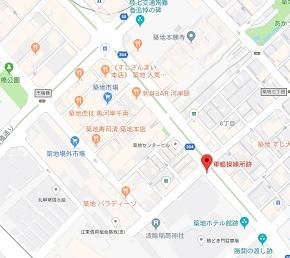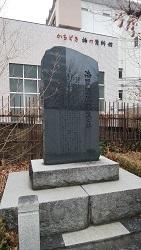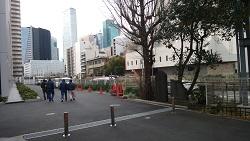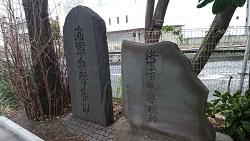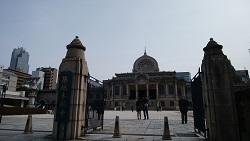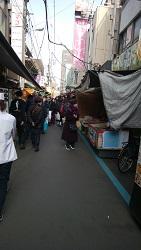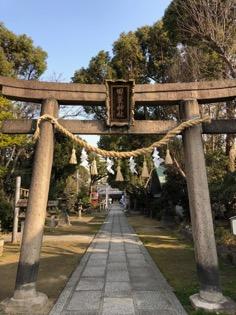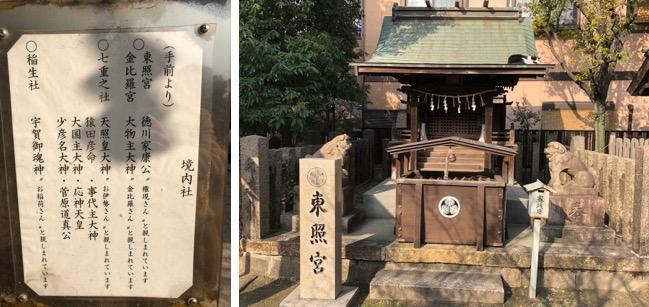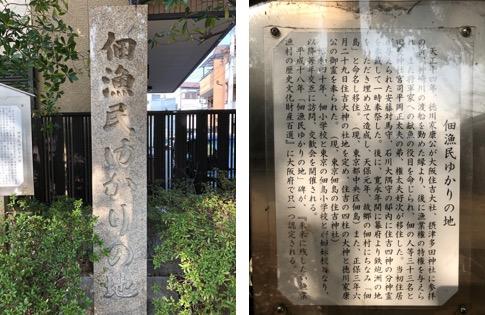The white wear was delivered by courier from the VOLUNTAINER office.
I feel at once, Tokyo Marathon.
White is for members of related events.
I will be in charge of the Tokyo Marathon EXPO 2019 runner reception.
Every year, I participate in volunteers on the day of the tournament, but this year I applied for a new related event.
"Let's participate in the Tokyo Marathon."
I applied from the first time in 2007 due to the excitement of a drinking party at the workplace, but the lottery rate for winning has increased every year.
In that case, I turned to volunteers, but when I tried it, the feeling of being involved in the tournament management was fun, and it continued like an annual event.
So I noticed that, despite being an annual event, I didn't go through the entire course as a result.
Would you like to walk through? (It's not running)
I tried to work leisurely in four days to complete the course even though it was late.
I pass by many runners who practice hard.
The final performance of the March 3rd is almost complete.
The marathon course has changed significantly since 2017.
Starting from the Tokyo Metropolitan Government, it was up to Odaiba and Tokyo Big Sight, but the goal was on Yukiyuki Street in front of Tokyo Station.
It covers a wide range of famous places in Tokyo and is the best location to finish toward the Imperial Palace, against the backdrop of Tokyo Station Red Brick Station Building.
By the way, the Chuo-ku area during the course starts just before the intersection of Muromachi 4-chome on National Route 17, which passes under the viaduct of Kanda Station.
I'm going south along Chuo-dori toward Nihonbashi.
Crossing Nihonbashi, COREDO Nihonbashi-mae is the finish of the 10km course.
The full marathon will take Eitai-dori St. to Kayabacho 1-chome.
Enter Shin-ohashi-dori St. and cross the Kayaba Bridge.
Enter Kiyosubashi-dori at Hamacho Nakanohashi Intersection, go north through Kiyosugi-dori, and cross Asakusabashi.
Beyond that is the Taito-ku area. The Sumida-ku area, which turns around Kaminarimon, crosses Kuramae Bridge, and turns around Monzennakacho.
Cross Asakusabashi again and return to the Chuo-ku area.
Return the same route to Nihonbashi and take Chuo-dori toward Kyobashi and Ginza.
The area around the Nihonbashi intersection is a great support spot where you can see runners in three directions.
Turn at the Ginza 4-chome intersection to Harumi-dori St. and head toward Hibiya. The end of the Sukiyabashi intersection is the Chiyoda-ku area again.
In addition, the course will turn back near Sengakuji Temple in front of Shinagawa Station in the Minato-ku area and go north toward the finish.
Yes, the distance mark of "Tokyo Marathon Start" is marked on the sidewalk in front of the Tokyo Metropolitan Government Building No. 1, which is the starting point. It is the point where the gun rings and a heart-shaped confetti dances.
The distance mark is written every kilometer on a curb on the boundary between the roadway and the sidewalk.
In front of COREDO Nihonbashi, there is a "Tokyo Marathon 10km".
It seems that some people continue to take pictures with the aim of completing this distance marker.
Until now, we have been providing runner support such as baggage reception, water supply and lunch, and toilet guidance, but when we look over the entire course, the meaning of each activity has become clearer.
On March 3 of this year, I manage the course around Kanda.
From now on, my heart is growing.
Everyone, please stay in good shape and do your best.
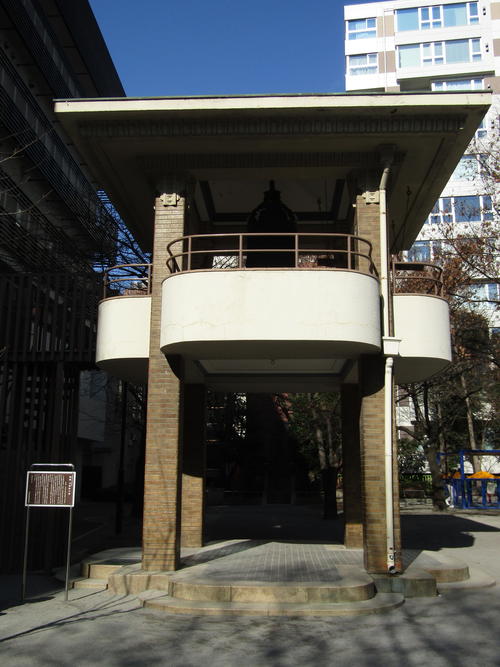
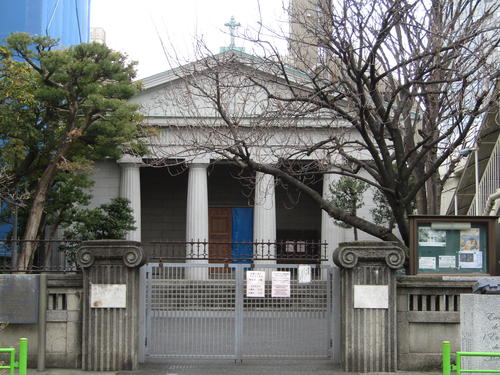
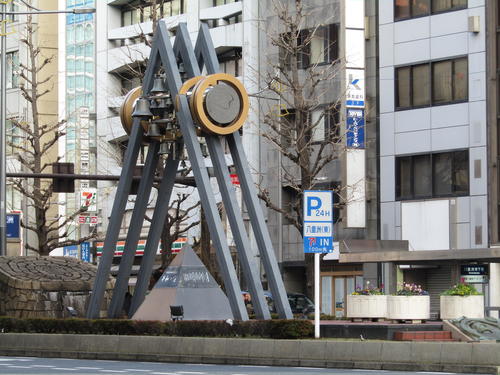
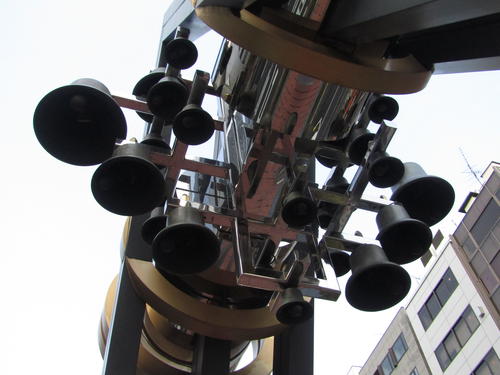
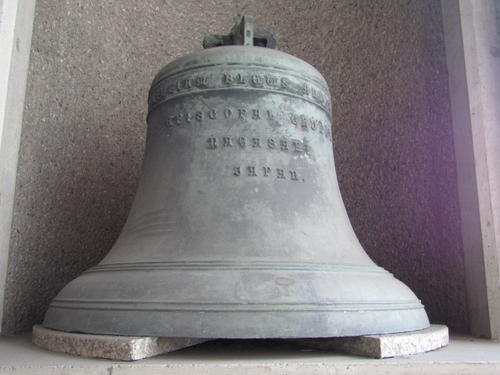
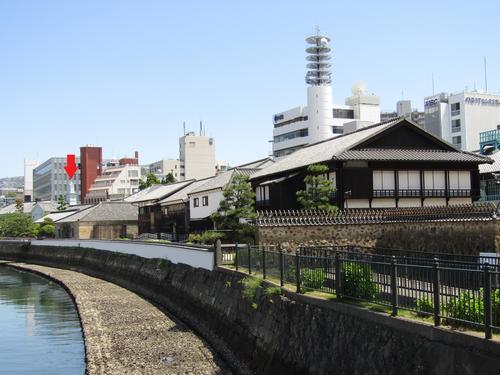
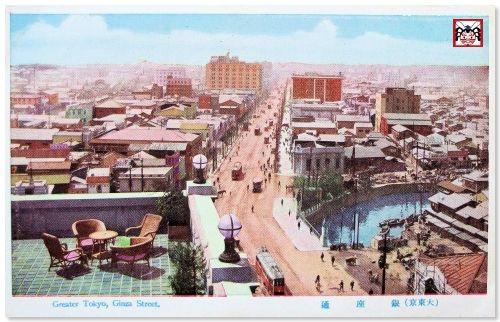
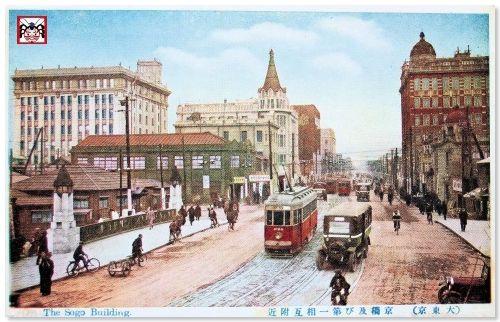
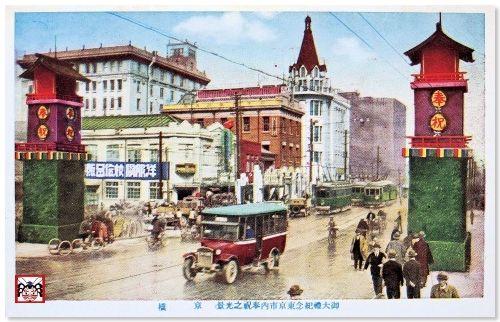
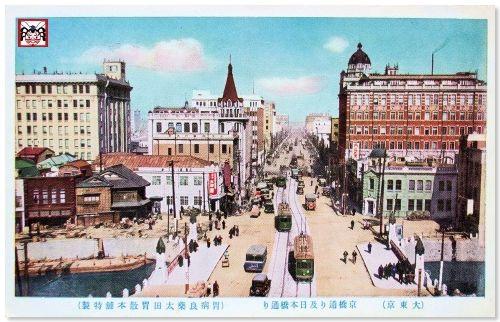 Hoshi Pharmaceutical buildings, which had been damaged by the earthquake, have been renewed, and the reconstruction of the city of Minami Temmacho has ended for the time being. Nevertheless, the cityscape of Minami Temmacho, which retains the remnants of the Taisho era. People walking on Ginza Street may have felt a kind of nostalgia.
Hoshi Pharmaceutical buildings, which had been damaged by the earthquake, have been renewed, and the reconstruction of the city of Minami Temmacho has ended for the time being. Nevertheless, the cityscape of Minami Temmacho, which retains the remnants of the Taisho era. People walking on Ginza Street may have felt a kind of nostalgia.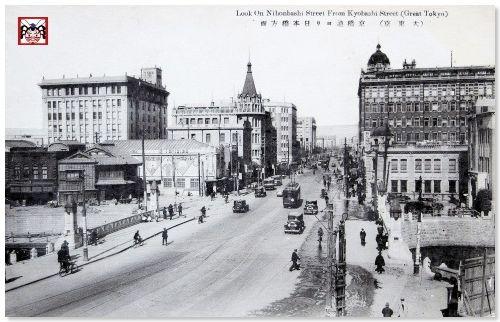
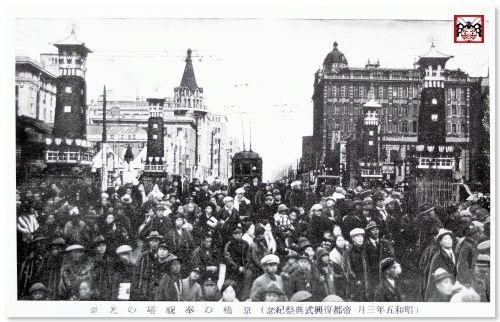
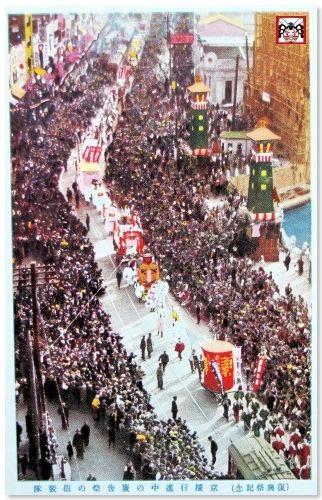 This year when Ginza Mitsukoshi also opened at the 4-chome intersection. There was a change in the town of Ginza. Ginza, which was up to 4-chome, expanded to 8-chome, and the location of Owaricho, where the Matsuzakaya Ginza store was built, has been changed to Ginza 6-chome.
This year when Ginza Mitsukoshi also opened at the 4-chome intersection. There was a change in the town of Ginza. Ginza, which was up to 4-chome, expanded to 8-chome, and the location of Owaricho, where the Matsuzakaya Ginza store was built, has been changed to Ginza 6-chome.